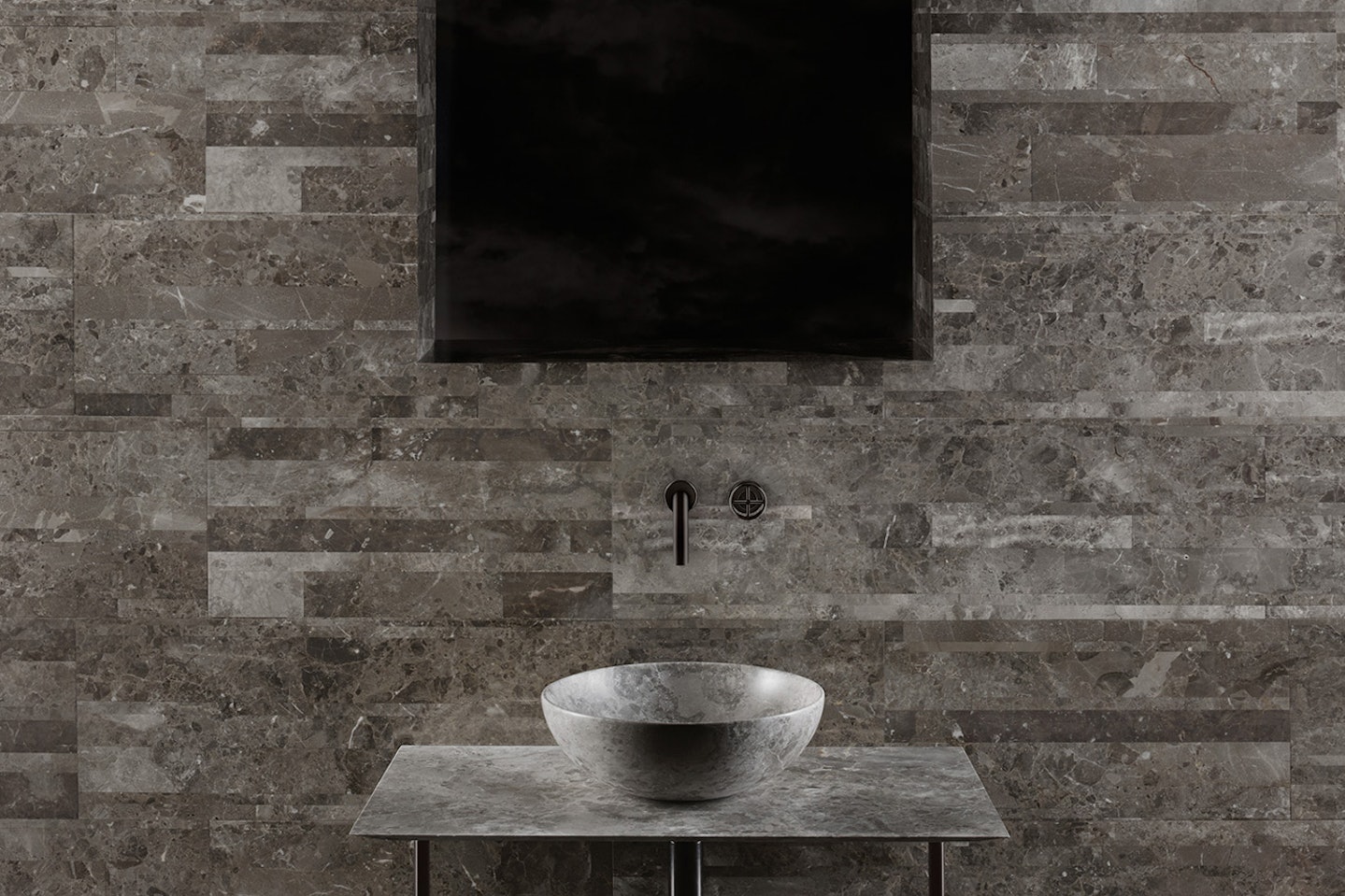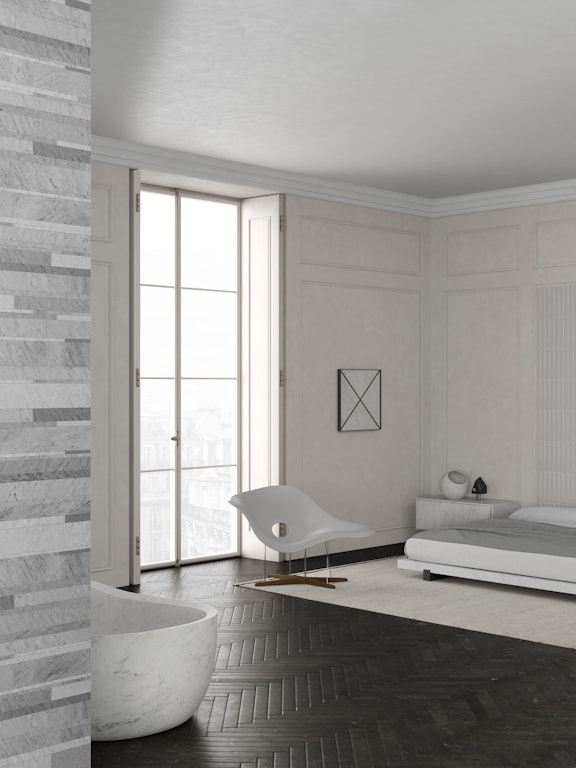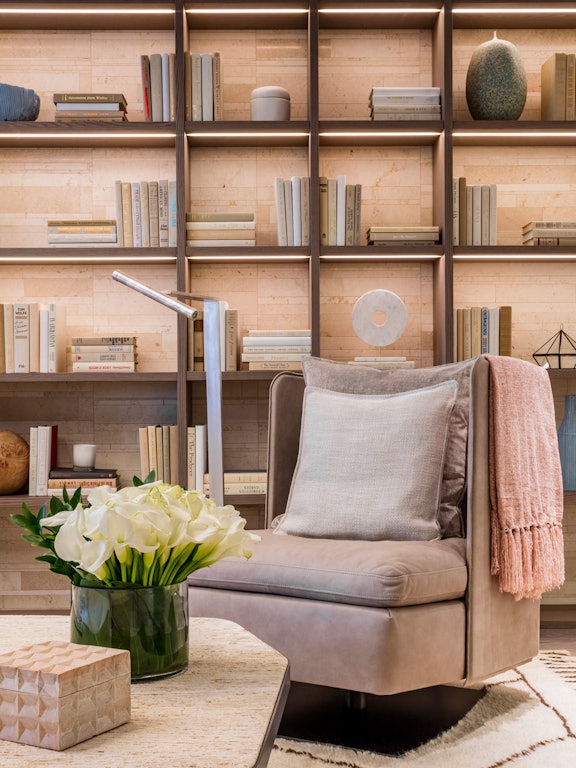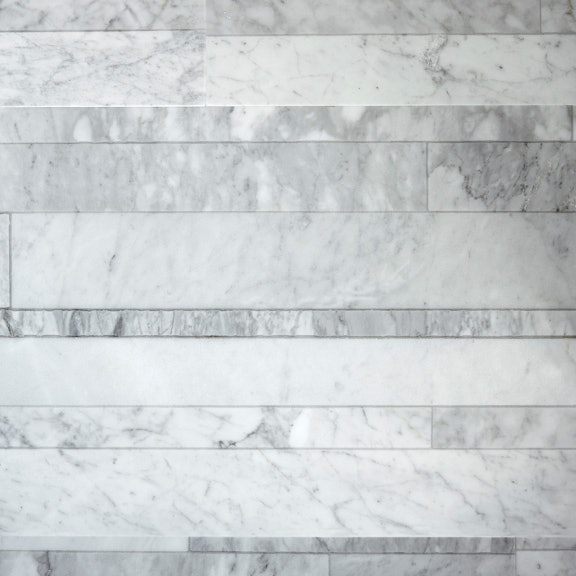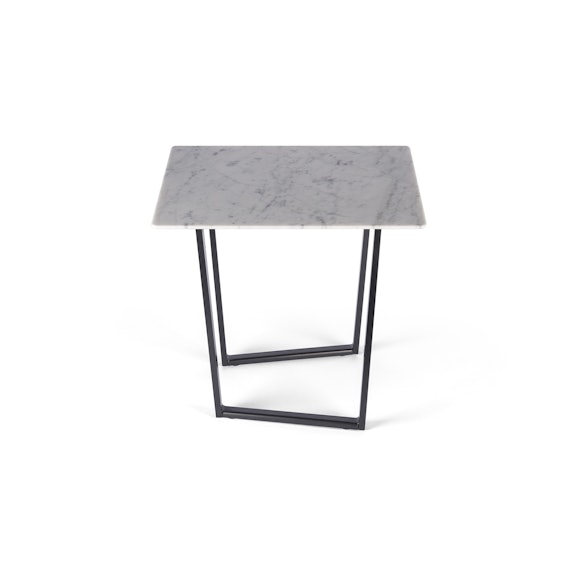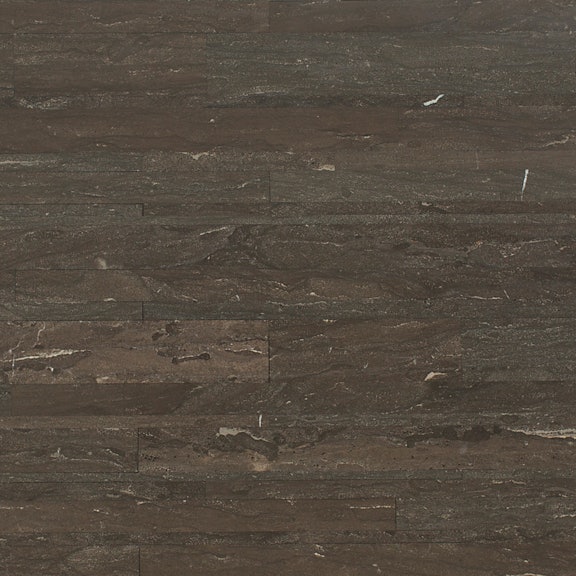Sustainability: The new side of design
03.2022
Faithful to the DNA conceived by patron Gabriele Salvatori, our company lives sustainability with an eye towards revolutionary solutions
Sustainability as an approach and not just an attribute of design
What exactly does it mean to be sustainable? This word is currently on everyone’s mind as a necessary goal and philosophy to help our planet become healthier and more liveable, but what does it actually mean?
Our company has always been a spokesperson for the wishes of our CEO Gabriele Salvatori, who aimed to make his brand an ideological reference that is not only constantly in step with the times, but ahead of them.
Let us therefore see how one of our creations, Lithoverde®, has revolutionised our industry and how this is one of our many examples reflecting our drive to always look to the future, create solutions that are nonexistent and seek answers that can solve problems and make humanity better.
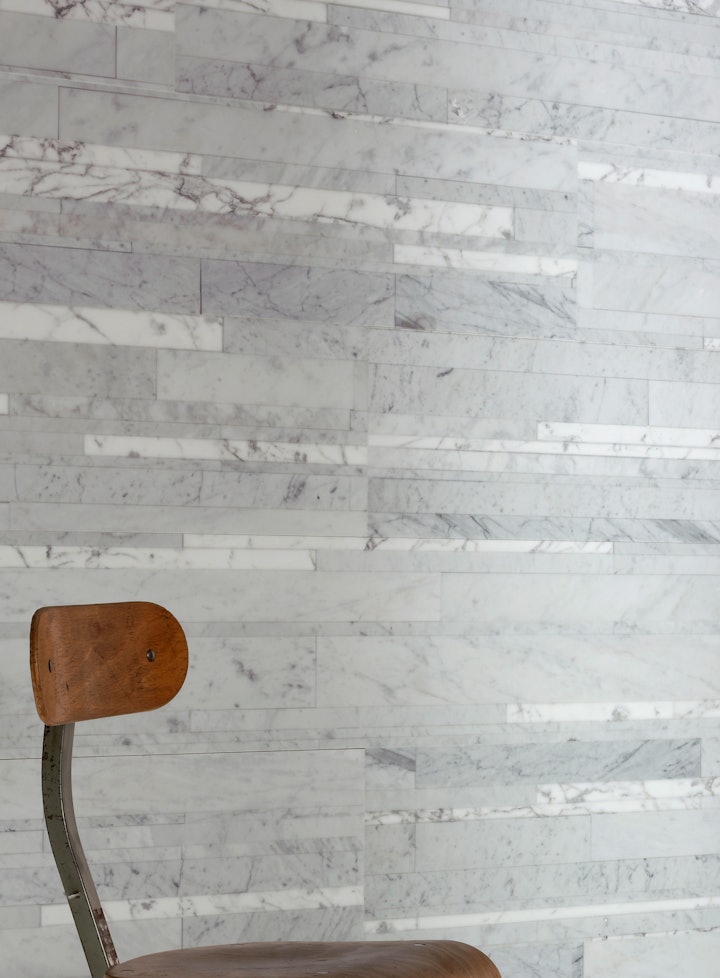
Lithoverde®: new life for raw material
You could say that the number that characterises Lithoverde® is the one that identifies with our sustainable mission: 99. This is in fact the percentage represented by the waste material making up this revolutionary creation, the first finish in the world to be made in this way. A number that perfectly represents our mission towards sustainability, always ready to improve and come up with new solutions. To this day, our mission has led us to have more than 30 diverse patents and registered models.
In 2010 we asked ourselves how we could give new life to raw material that remained unused, giving it the future it deserved. Our CEO Gabriele Salvatori started experimenting, thinking about how to cut out and assemble the various pieces of stone, and that is how the life of Lithoverde® began. Over the years, we have received much recognition and many awards for the innovation this texture has introduced to the sector.
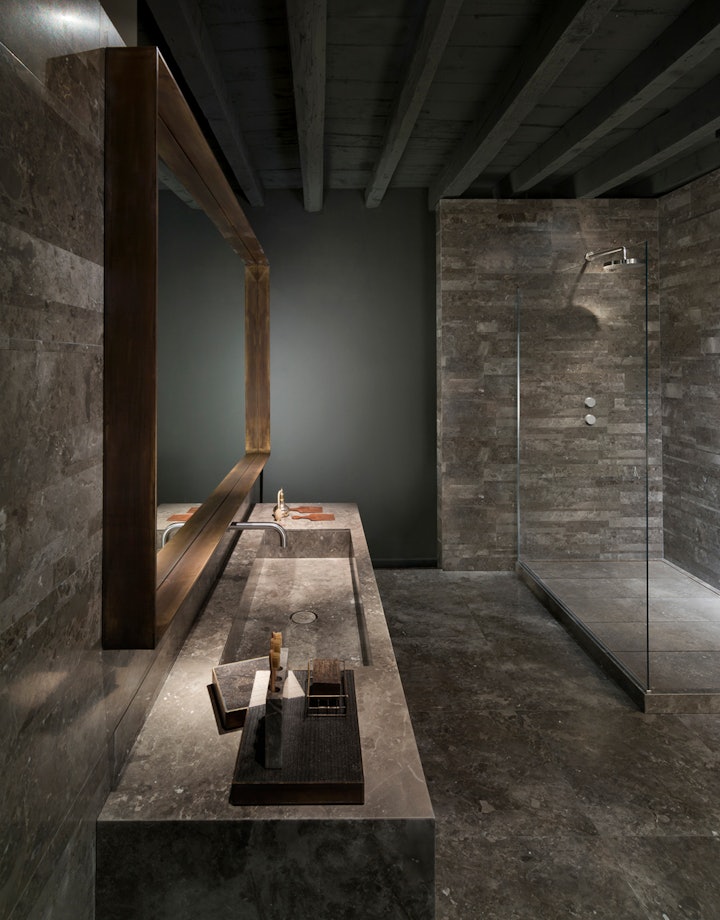
In fact, Lithoverde® is the first stone finish in the world to have obtained the maximum score on the Leed scale, which assesses the eco-sustainability of products and, consequently, of the buildings built and designed with them. But that’s not all: its characteristics have made it possible, thanks to Gabriele Salvatori’s personal commitment, to modify and renew the parameters used by the U.S. Green Building Council to evaluate natural stone products on the LEED scale.
A new all-round assessment that measures and evaluates the sustainability of the company and the product throughout its life cycle. Lithoverde® has changed our way of doing business forever, further developing our desire to make all our production as planet-friendly as possible.
Being sustainable, however, does not only mean giving new life to unused raw materials; it also means creating sustainably, inventing new solutions and not being satisfied with the ones we already have. Let’s take a closer look at what this concept means for our company.
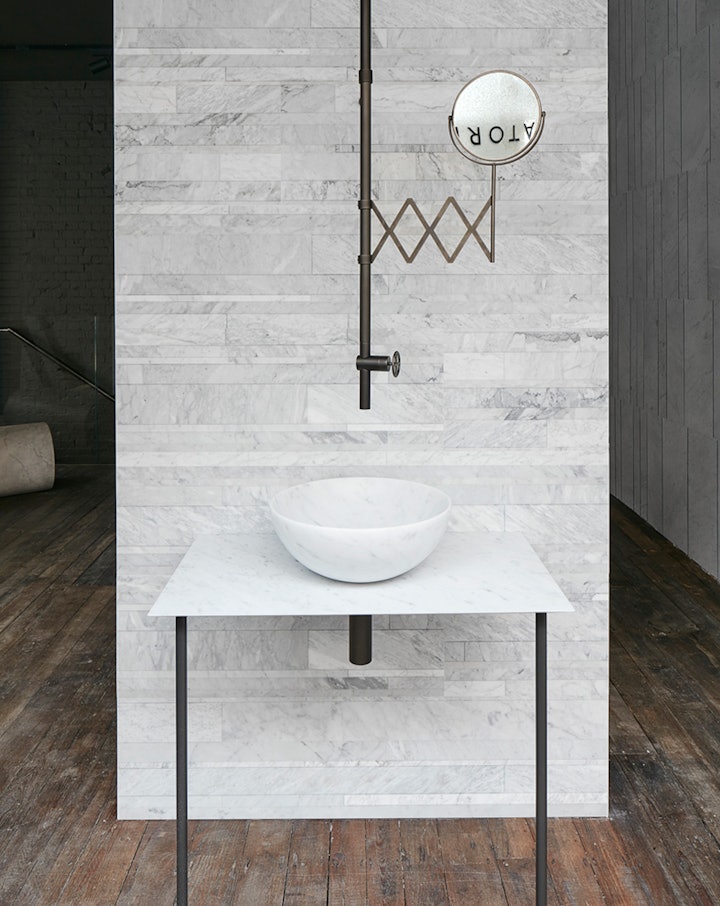
Knowing how to read (and write) the future
New solutions are born, as we have also seen with Lithoverde®, from the spirit of observation. One particular trip, in fact, was another fundamental turning point for us: together with his son Gianmarco, Gabriele was in Egypt visiting the fascinating lands of the Nile. Areas of eternal charm, yet not without their problems: it was impossible not to notice, in fact, the large amount of plastic bags floating in the river, which irreparably polluted one of the most important areas of the Earth. From here, the ideology was further strengthened that every company has a responsibility to take a specific responsibility: committing to remove non-biodegradable elements from packaging. By removing these elements, the presence of these materials in the river and the environment would no longer pose a serious threat to the ecosystem.
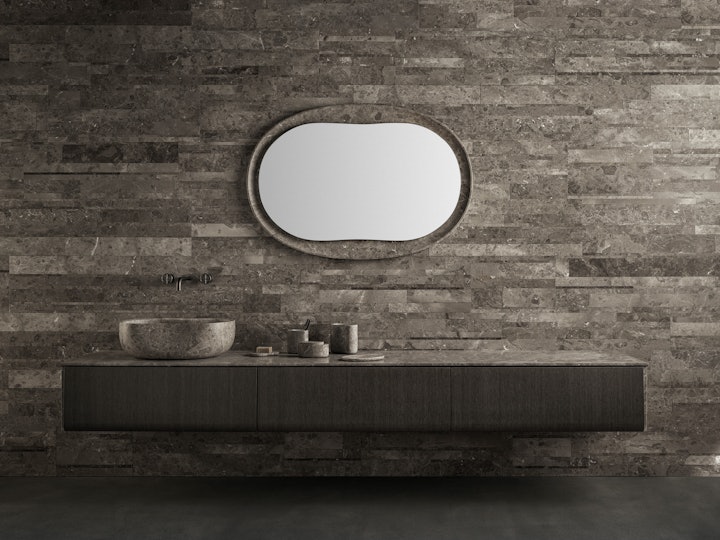
An idea is not always enough. A concrete search for a solution is necessary: from that day on, Gabriele Salvatori committed himself to finding a way to eliminate as much as possible: by beginning from the production system and removing any agent that is harmful to the environment and/or cannot be disposed of in a sustainable manner. For example, the main material of industrial packaging, polystyrene, has a huge impact on environmental pollution. It represents a major challenge, so much so that it is impossible today to eliminate it completely from company requirements: its characteristics are irreplaceable for the correct and safe transport of the materials that our company needs. This, however, remains an answer that cannot leave us satisfied and so, wherever possible, polystyrene has been replaced, so much so that 40% of Salvatori products are currently packaged with recycled paper and cardboard.
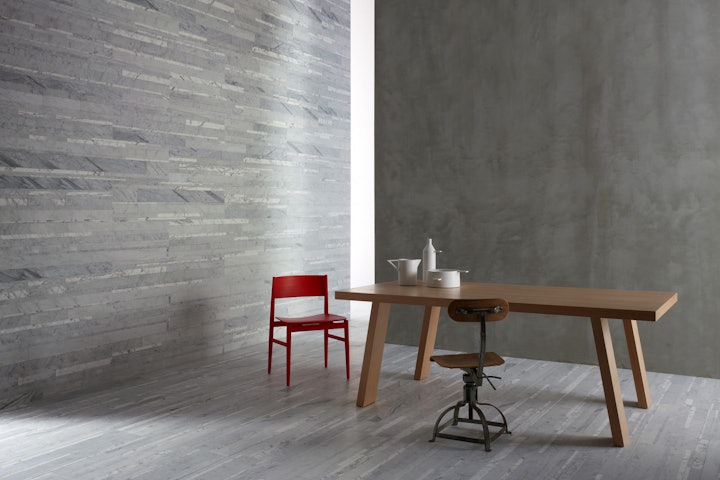
That’s not all: our research and development staff are constantly monitoring the most interesting innovations that are akin to our philosophy and are also collaborating with the Normale di Pisa on projects for edible packaging, i.e. made without any kind of chemical substance, but only with elements that exist in nature, taking inspiration from solutions found in the animal food sector. This would be an authentic revolution, the point of a new era for the industrial sector, in terms of environmental impact related to packaging. A confirmation of how much respect for the environment is a part of Salvatori’s DNA.
